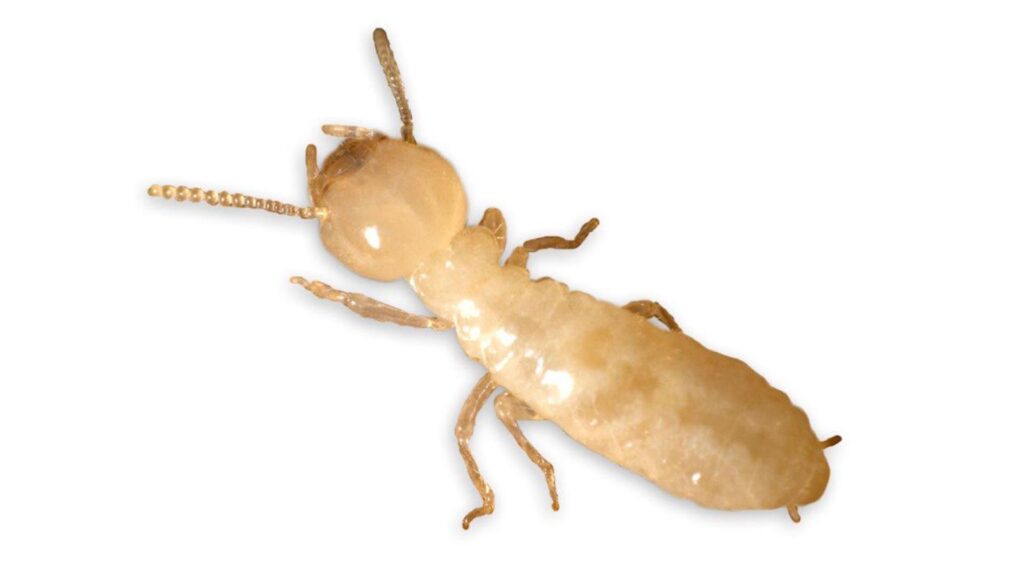Spring is almost here and with the rain and flowers, you can expect new seasonal pests. We’re talking about the subterranean termite, which can cause the most damage of any termite species. But you can fight back, and we’ll explain how.
What are Subterranean Termites?
There’s one thing you need to know about subterranean termites: these little pests eat wood 24 hours a day, seven days a week. So, it’s important to make sure the wood they’re feasting on isn’t in your home. Subterranean termites are found in every state in the continental United States. Within a colony, there are three castes which each have their own function: swarmers, workers and soldiers.
While the swarmers have small black bodies with translucent, breakable wings, the soldiers and workers have several distinctive features, including:
- Creamy white color
- Six legs with a narrow, ovular body
- Antennae
What is a “Swarm?”
One common sign of an infestation is the “swarm,” which is the reproductive function of the termite. The swarmers come out of the ground together, find a mate and then return to the soil to become the new kings and queens of their own colonies. If you spot a swarm of termites, that means they have been there for a minimum of three to five years.
Here in Massachusetts, you’ve probably seen the abundance of these small black insects with translucent wings as they emerge in the spring. It’s easy to mistake these for ants, but termites are a much bigger issue! Have a professional identify your swarmers.
Prevention is Key
The best method for controlling subterranean termites is to prevent them from ever entering your home. These pests are attracted to moisture and wood. Always remember to remove wood debris and minimize wood-to-ground contact. They construct brown “mud tubes” about the size of a pencil, which function as a closed, moist highway system to travel from the earth to nearby wood. If you see those, it may be too late for prevention.
These are the top five signs that a subterranean termite infestation is in progress:
- An abundance of bugs that look like “flying ants” with wings that break off
- Small “mud tubes” on foundations or structural beams
- Small cream-colored insects under boards, rocks or mulch
- Wood beams that sound hollow when tapped
- Wood beams that can be pierced with a sharp tool
How Braman Can Help
If you’ve discovered one or more of these signs, you’re going to need professional help. A termite infestation can be a devastating problem, but we offer treatment with the Sentricon® Colony Elimination System termite baiting program.
Through our MultiPest Plus Termite Plan™, we provide you with year-round Sentricon® Termite Protection in addition to all the other benefits offered with our MultiPest Home Protection Plan™.
Make sure to contact us and we’ll help you find the best solution to your problem. We pride ourselves on providing all our customers with the treatment that best meets their individual needs and preferences.

